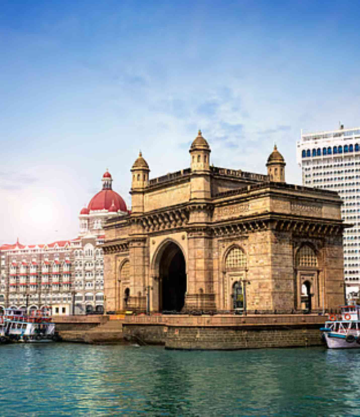In a strategic and resolute move, India launched Operation Sindoor in the early hours of Wednesday to retaliate against the Pahalgam terror attack that claimed the lives of 26 individuals, primarily tourists. In a rare and unprecedented tri-service operation involving the Indian Army, Navy, and Air Force, nine key terrorist infrastructures across Pakistan and Pakistan-occupied Kashmir (PoK) were hit with precision.
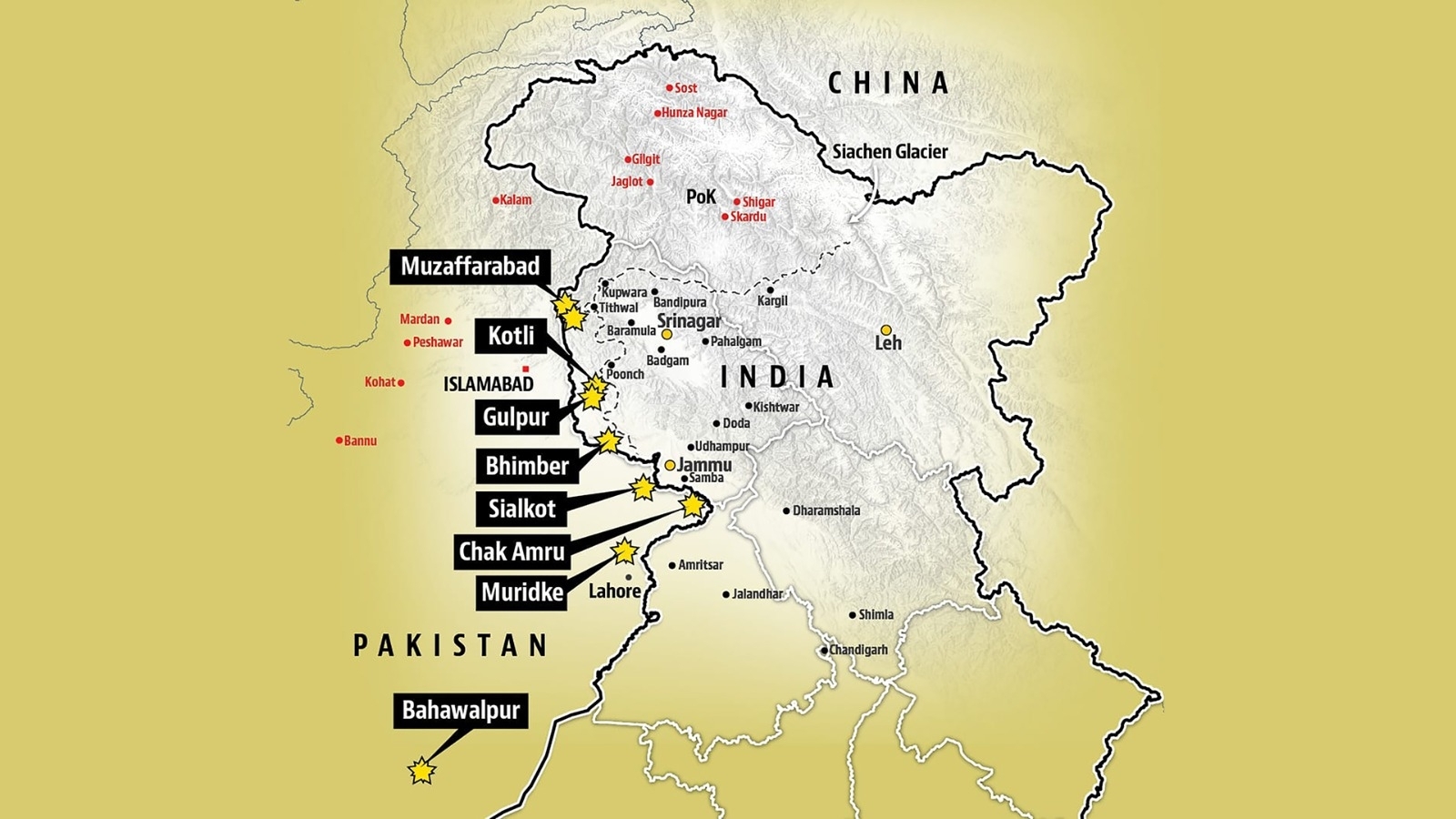
What Prompted Operation Sindoor?
On April 22, 2025, a devastating terror attack in Pahalgam, Jammu and Kashmir, resulted in the death of 25 Indian nationals and a Nepali citizen. This heinous act triggered widespread outrage, with the Indian government vowing accountability and justice.
True to its commitment, the Indian Defence Ministry announced that Operation Sindoor had been carried out to dismantle the infrastructure used by terror outfits such as Lashkar-e-Taiba (LeT), Jaish-e-Mohammed (JeM), Hizbul Mujahideen, and their affiliates.
“Our actions have been focused, measured, and non-escalatory. No Pakistani military facilities have been targeted,” the Defence Ministry emphasized, underscoring India's intent to strike only terror hubs without escalating tensions with the Pakistani state.
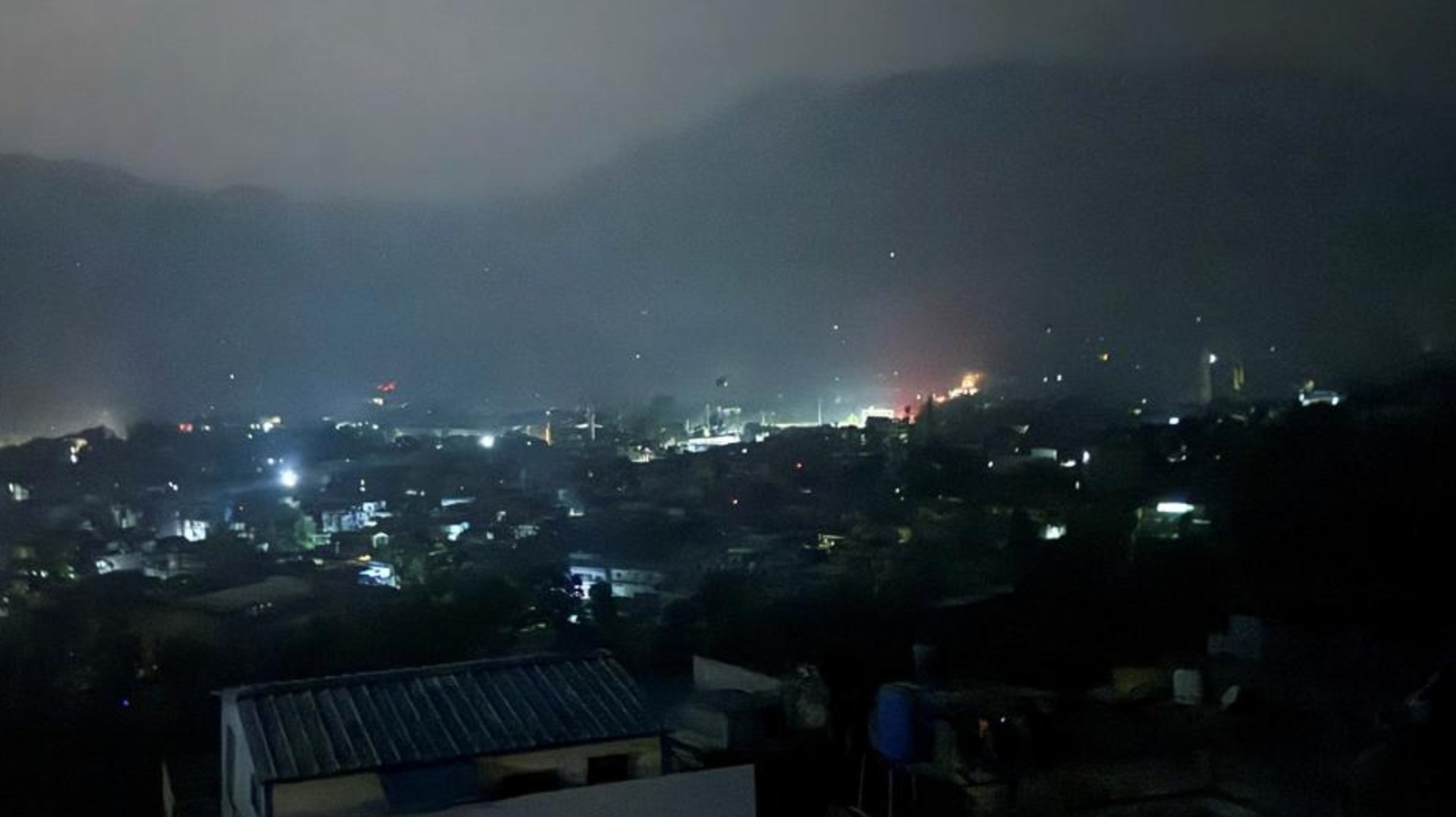
How Operation Sindoor Was Executed
At 1:44 AM on Wednesday, India launched coordinated strikes using its precision-strike capable weaponry, including loitering munitions, all launched from Indian soil. According to the Ministry of Defence, nine terror camps were targeted, with no Pakistani military facilities coming under fire, underscoring the non-escalatory nature of the operation.
“Our actions have been focused, measured, and non-escalatory in nature… We are living up to the commitment that those responsible for this attack will be held accountable.” – Ministry of Defence
The attacks aimed to dismantle the infrastructure and leadership of Lashkar-e-Taiba (LeT), Jaish-e-Mohammed (JeM), Hizbul Mujahideen, and other affiliated terror groups.
The nine targets were selected based on detailed intelligence assessments, with coordination between defense forces and Indian intelligence agencies. The focus was on terror launchpads, recruitment centers, and training grounds linked to cross-border infiltration and past terror incidents in India.
According to sources, the goal was to cripple the leadership and operational capacity of the Jaish and Lashkar terror networks. The operation’s success was emphasized by officials as being more impactful than any previous Indian military response.
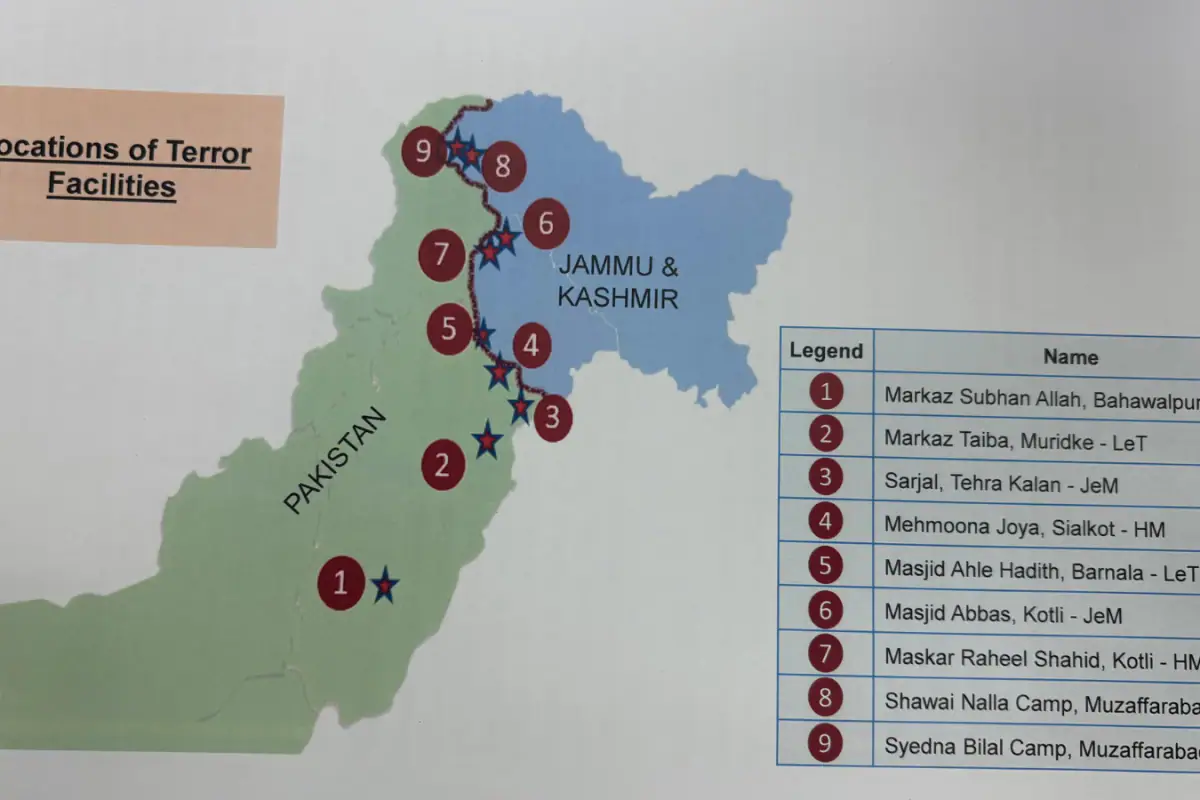
India’s Nine Targets in Pakistan and PoK
Each of the nine targeted sites was a confirmed hub of terrorist activity, playing a direct role in organizing and executing attacks on Indian soil.
1. Mudrike, Punjab (Pakistan) – Lashkar-e-Taiba Headquarters
-
Key Details:
-
Houses Markaz Taiba, the central training facility of LeT and Jamaat-ud-Dawa (JuD).
-
Spread over 200 acres, 30 km from Lahore.
-
Funded in part by Osama bin Laden.
-
Previously trained 26/11 Mumbai attackers, including Ajmal Kasab.
-
-
Importance:
-
Known as Pakistan’s terror nursery.
-
Core indoctrination and arms training center.
-
Active since 1990.
-
2. Bahawalpur, Punjab (Pakistan) – Jaish-e-Mohammed Headquarters
-
Key Details:
-
Headquarters of JeM, a group behind the Pulwama (2019) and Parliament (2001) attacks.
-
Established in 2009, spread over 18 acres with a mosque and madrassa.
-
Close ties with Pakistan’s Inter-Services Intelligence (ISI).
-
-
Strategic Significance:
-
Located 130 km from the Indo-Pak border.
-
Also hosts LeT elements.
-
Command center for terror operations into India.
-
3. Muzaffarabad, PoK – Terror Logistics Hub
-
Key Details:
-
Capital of PoK and a launchpad for infiltration into Jammu and Kashmir.
-
Houses the Syedna Bilal terror camp, linked to JeM.
-
-
Aftermath:
-
Multiple explosions heard around nearby mountainous areas.
-
Power outages reported post-strike.
-
4. Kotli, PoK – Suicide Bomber Training Camps
-
Key Details:
-
Located on the banks of the Poonch River.
-
Hosted Markaz Abbas (JeM) and Maskar Raheel Shahid (Hizbul Mujahideen) facilities.
-
Capable of training 50+ cadres simultaneously.
-
-
Operational Role:
-
Long-standing center for suicide bombing training and infiltration planning.
-
5. Gulpur, PoK – Cross-Border Operations Staging Area
-
Location: Just 35 km from the LoC in the Poonch-Rajouri sector.
-
Significance:
-
Used for launching terror operations in 2023 and 2024.
-
Linked to the ambush of Indian soldiers (April 2023) and attack on Hindu pilgrims (2024).
-
6. Mehmoona (Sialkot, Pakistan) – Hizbul Mujahideen Training Facility
-
Details:
-
Base of the banned Hizbul Mujahideen.
-
Operated by Mohammad Irfan Khan (Irfan Tanda).
-
-
Role:
-
Terrorist training and cross-border infiltration operations.
-
Continued support from local networks despite decline in power.
-
7. Barnala, PoK – LeT’s Infiltration Launchpad
-
Target: Markaz Ahle Hadith, situated on the outskirts.
-
Capacity:
-
Houses 100-150 militants at any given time.
-
Launchpad for operations in Poonch–Rajouri–Reasi sector.
-
-
Notable Operatives: Qasim Gujjar, Qasim Khanda, and Anas Jarar.
8. Sawai (Tangdhar Sector, PoK) – LeT’s Northern Kashmir Operations Base
-
Operational Significance:
-
Played a critical role in terror attacks in Sonmarg and Gulmarg (October 2024).
-
Provided logistical support to attackers involved in the Pahalgam attack.
-
9. Sarjal, Punjab (Pakistan) – Drone and Narcotics Hub
-
Location: Near Shakargarh tehsil, 6 km from the Samba sector in J&K.
-
Functionality:
-
JeM facility used for:
-
Drone-based smuggling
-
Arms and narcotics trafficking
-
-
-
Strategic Threat:
-
Enabled seamless cross-border movement of weapons into Indian territory.
-
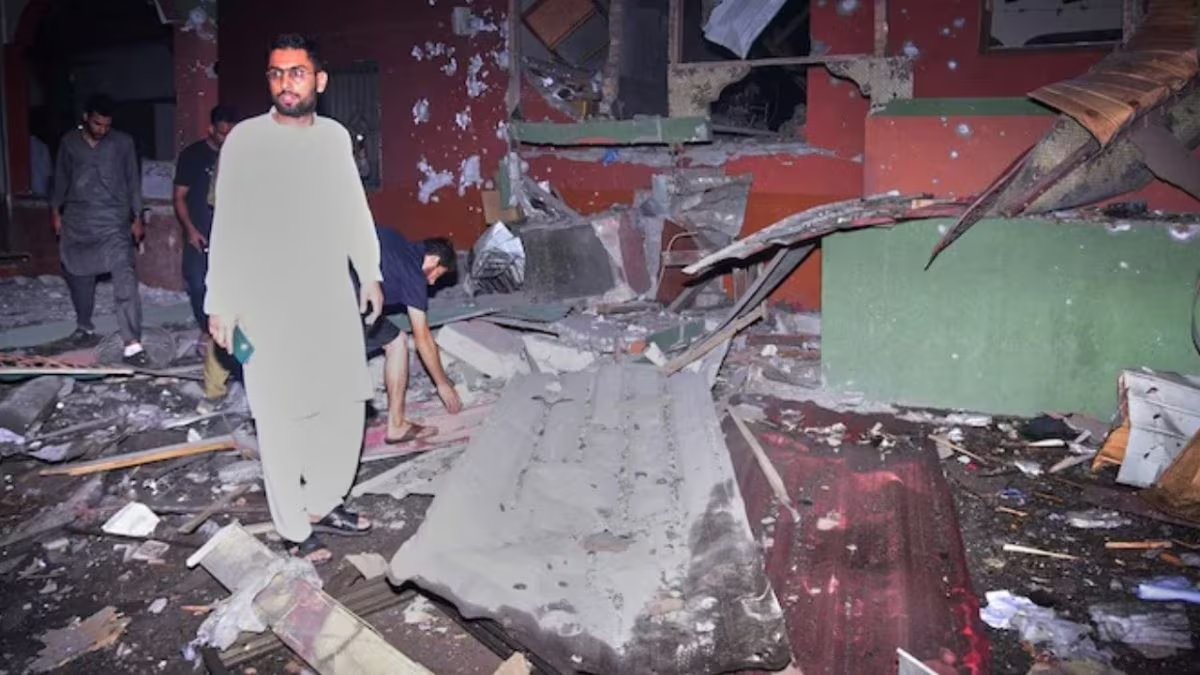
A Shift in India’s Counter-Terror Doctrine
India’s calibrated use of force sends a dual message:
-
To Terror Groups: Their sanctuaries are no longer immune from consequences.
-
To Pakistan: Although military facilities were deliberately avoided, the state’s tolerance and support for terror proxies will not deter Indian responses.
“We are living up to our commitment – those responsible for this attack will be held accountable,” the Indian Defence Ministry reiterated.
A Defining Moment in India's Counter-Terrorism Doctrine
Operation Sindoor marks a decisive shift in India’s approach to counter-terrorism. It was calculated, precise, and non-escalatory, yet powerful enough to disrupt the infrastructure of some of the most dangerous terrorist organizations operating from Pakistan and PoK.
By deploying all three branches of its military and leveraging real-time intelligence, India has set a precedent for any future responses to terror provocations. The message is unequivocal: India will strike with precision and purpose when provoked.
With inputs from agencies
Image Source: Multiple agencies
© Copyright 2025. All Rights Reserved Powered by Vygr Media.








